
Why your vitamins may not work
A healthy diet is one of the best ways to get the nutrients your body needs. However, if your diet lacks specific nutrients, vitamins and dietary supplements can act as nutritional reinforcements to help meet these needs. In Canada, dietary supplements are regulated by the Natural and Non-prescription Health Products Directorate (NNHPD)—formerly called Natural Health Products Directorate. They give Canadians access to safe and effective natural health products. Although these products are regulated and deemed safe, they still may not be right you. Avoid buying into the false claims by looking for these warning signs your vitamins aren’t going to work.
Also, check out Best Health editors’ favourite nutritional foods and supplements.
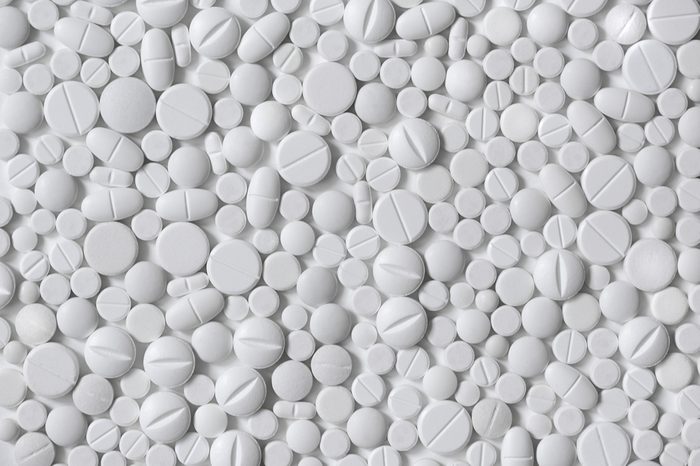
The pitch sounds too good to be true
Vitamin and supplement manufacturers are not allowed to make claims that their product can reverse, prevent, or diagnose any disease or condition, but that doesn’t mean they don’t or won’t. “If the claim is outrageous and suggests the product is indicated for any disease as opposed to general health, that’s a warning sign,” Dr. Cherukuri says.”If it sounds too good to be true, walk away. They won’t help and they may harm.”
Psst: Check out what you need to know before taking vitamins and supplements.

Celebrity endorsement is the only endorsement
Yes, Gwyneth Paltrow swears by her Goop vitamin line, but a celebrity endorsement alone (even if it is that of TV’s Dr. Oz) is not enough to show that a vitamin is effective, Dr. Cherukuri says. (Psst: Read more about the Goop controversy.)

You count on your multivitamin
About half of all multivitamins don’t do what they say. Fully 46 percent of the multivitamins tested by ConsumerLab failed to live up to their labels. Too much or too little of key nutrients can jeopardize health. A better bet? “Get these vitamins, minerals, and antioxidants from whole fruits and vegetables as part of a healthy diet, as there is so much we don’t know about putting these nutrients in a pill,” Dr. Cherukuri says. No supplement comes close to replicating all of the benefits found in a whole food.
Here are the supplements heart doctors take every day.
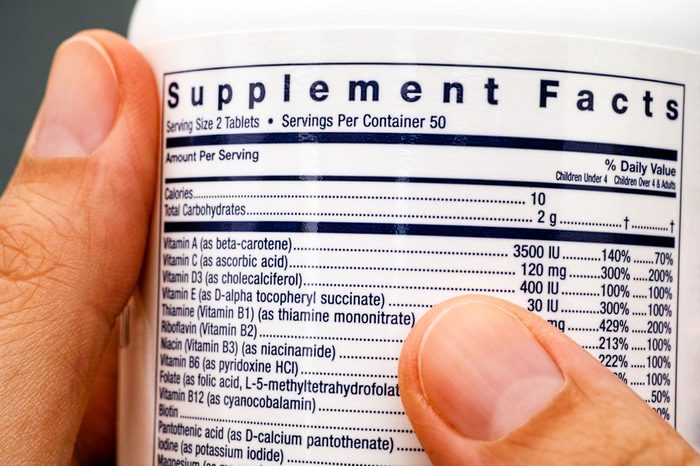
You take the label too literally
“If you are taking folic acid you may be getting as much as 70 percent more of this B vitamin than you need based on the older DV information,” says Tod Cooperman, MD, president of ConsumerLab in White Plains, New York. “There is an upper limit for folate from folic acid and we know that very high levels can cause kidney damage or mask vitamin B12 deficiency,” he says. By contrast, relying on the DV for vitamin D could put you at risk for a shortfall of this important vitamin. And don’t miss the updated DV info that can help guide you when you’re shopping for supplements.
Check out the best herbs and supplements for diabetes.
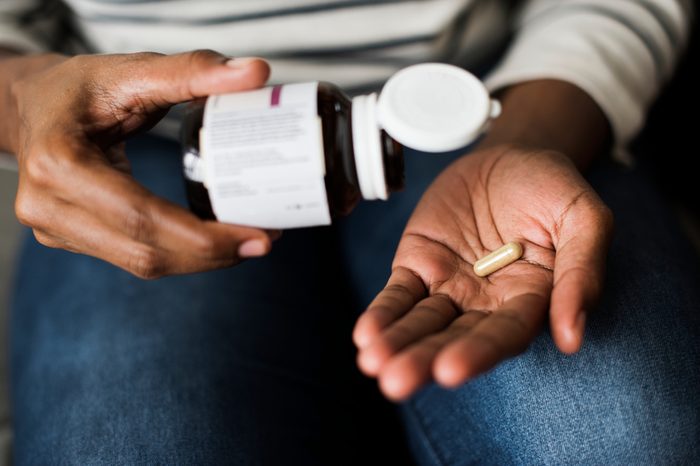
The doses are too low
Some vitamins and minerals may contain amounts that are too low to make any meaningful difference, Dr. Cooperman says (and this assumes that what you read on the label is actually what you are getting.) “Manufacturers don’t have to put in effective amounts, so it’s up to the purchaser to do their due diligence and know what they need and how much they are actually getting,” he explains. When in doubt, ask your pharmacist or doctor, or visit a reliable source on the Internet.
(Psst: Here are the five supplements that could benefit every woman.)

You don’t follow the label instructions
You’ll absorb some vitamins better with food; others are best on an empty stomach; others are better taken at certain times of the day. If you don’t take them as directed, your vitamins won’t have the desired effects and they may make you feel lousy, Dr. Cooperman says.

Your pills are filled with junk
Some of the very same artery-clogging hydrogenated fats and oils that you try to avoid in food may be in vitamin as cheap fillers. Other fillers are flat out dangerous—such as magnesium silicate (aka talc), which is similar to asbestos in composition and can cause stomach and lung problems if you inhale or swallow it. Avoid these risky fillers by reading the label and researching unknown ingredients.
Here’s what you should be taking during cold and flu season.
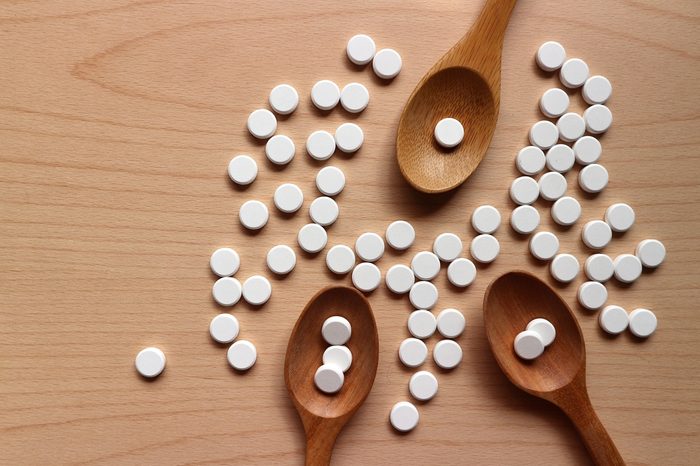
Key ingredients are missing
Get the facts straight about probiotics: To rebalance your gut microbiome, probiotics should have multiple strains of bacteria, says Dr. Cooperman. There are many different types of bacteria, and some single-strain probiotics are fine, but multi-strains may be better. Read the labels and do your research.
(Psst: Did you know these vitamins and supplements can help reduce your anxiety?)
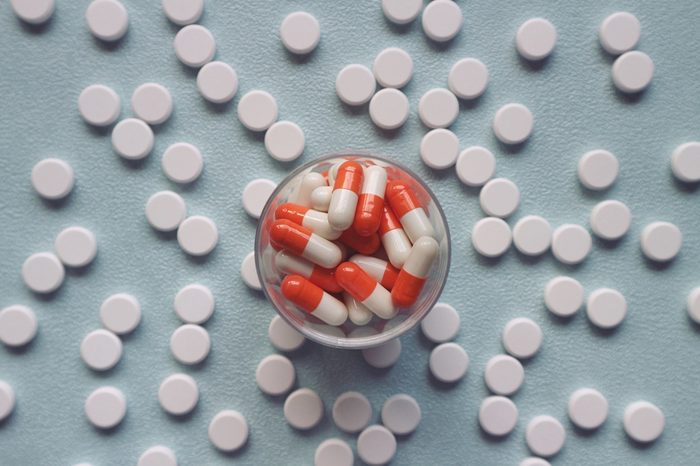
The supplements are too pretty
Here’s the deal: Dyes are only added to vitamins to offset the colour loss from exposure to light, air, temperature extremes, moisture, and other conditions, or to enhance the appearance of the vitamin. Some dyes may be dangerous. The American College of Healthcare Sciences in Portland urges supplement-takers to steer clear of these risky dyes: FD&C Blue No. 1, FD&C Blue No. 2, FD&C Green No. 3, FD&C Red No. 3, FD&C Red No. 40, FD&C Yellow No. 5, and FD&C Yellow No. 6. “We urge everyone to eat the rainbow because colour is good in natural foods, but the same does not hold for supplements,” adds Boston-based nutritionist Dana Greene, RD.
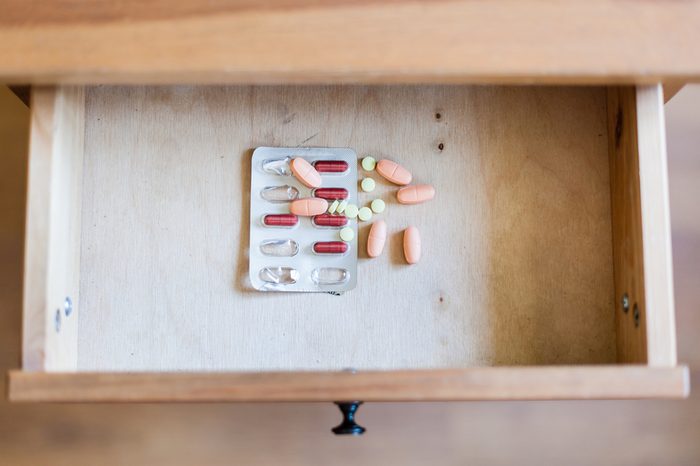
You’re storing them incorrectly
Markets may store vitamins and minerals incorrectly—they don’t refrigerate the probiotics, for example. You may store them poorly yourself—if you’re keeping your vitamins in a humid bathroom. Incorrect storage can compromise the effectiveness of your supplements, and they won’t work as well as they could or should.
But here are a few ways to make your vitamins more effective.

They’re expired
This isn’t necessarily a red flag, says Dr. Cooperman, as the pills may contain up to 30 percent more of the active ingredients than the label claims, he says. “Companies want to make sure the vitamins remain potent through the date of expiration, so it’s likely that they will contain 100 percent of what is claimed come expiration time.”
(Psst: Here’s how your body tells you you’re low on vitamins.)
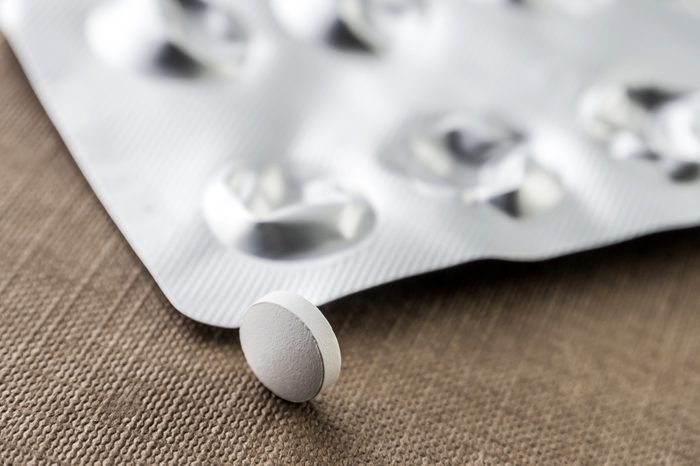
They are made outside the country
Makers outside Canada don’t have to adhere to government rules on purity, Dr. Cooperman says. So you can’t be sure the bottles contain what you think they do. Purchasing vitamins over the Internet can be risky.
(Tired? You may be lacking B vitamins.)
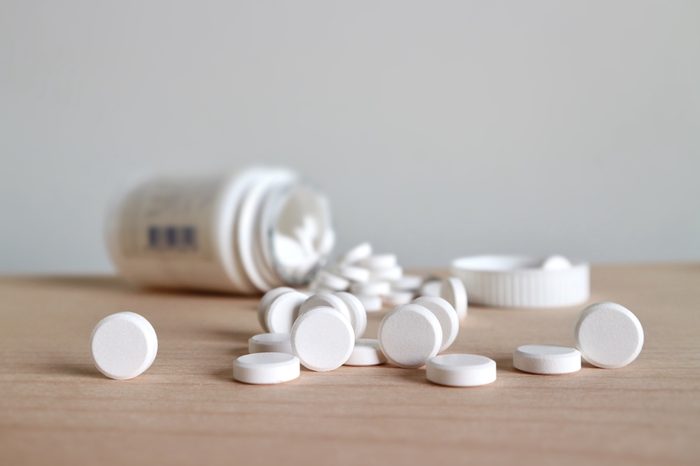
The label claims a top-secret blend
Dr. Cooperman suggests being skeptical when a manufacturer boasts. Especially when they boast about a proprietary formula or blend, he says. “You want to see specific amounts of each ingredient listed, not vagaries.”
(Psst: Here’s how to tell if you’re getting enough vitamins and minerals.)
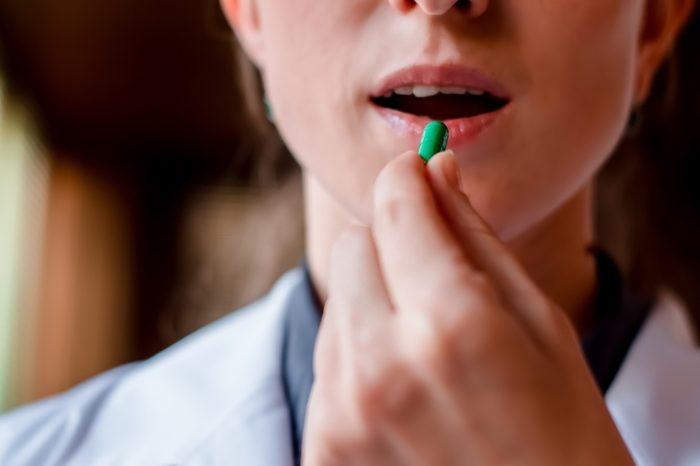
You don’t take them in the right combination
Some vitamins and minerals function better together, such as vitamin D, Vitamin K, and calcium. Vitamins D and K help the body and bones absorb calcium, so taking them together is one of many simple ways to boost your bones. Other winning combos include iron and vitamin C; vitamin C helps the body release a higher percentage of iron. Ask your doctor or pharmacist for advice about vitamins that work better when taken in combination.

You take supplements in dangerous combinations
Many of us take supplements daily to improve our health and well-being—but taking certain vitamins and minerals together can be dangerous. Taking magnesium and calcium together can lessen the power of both.
(Learn about collagen supplements available in Canada.)
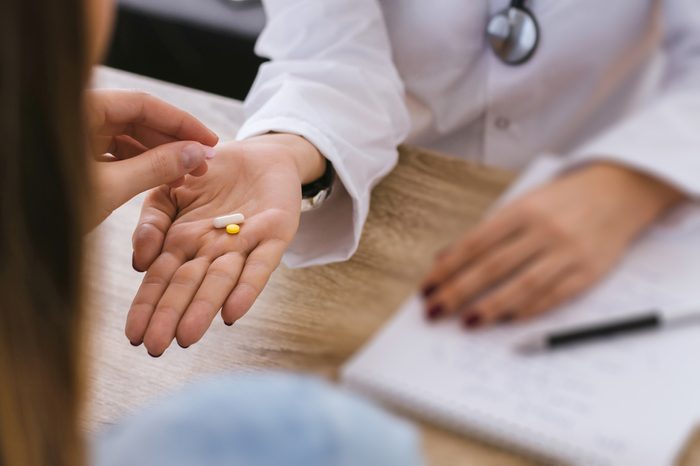
You’re not using an MD-approved brand
There are some vitamin brands that doctors trust. “It’s usually a better bet to go with a well-known company, as they are more likely to do the research and pursue independent testing,” Dr. Cooperman says.
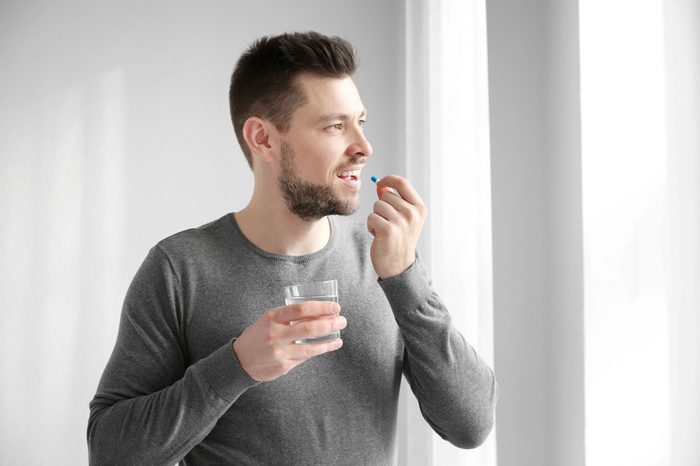
You don’t need what you are taking
Some people do need more of a certain vitamin or mineral for health reasons, but the only way to know for sure is by getting a blood test to see where you stand. Talk to your doctor about measuring the levels of key nutrients in your blood so you can be sure you are only getting what you need. Most annual checkups include blood work that reports on vitamin D, a crucial supplement.

It’s a gummy
Independent testing by ConsumerLab shows that some gummy supplements—particularly gummy multivitamins—don’t contain their listed amounts of vitamins or minerals, while others have impurities. “We continue to find more problems with candy-like vitamins like gummies than with traditional forms, such as tablets and caplets… manufacturing challenges associated with candy-like products likely explain the higher incidence of problems,” according to their website. Some gummies are worse than others. “I’m particularly concerned about folic acid in gummies,” says Dr. Cooperman. “Many gummies contain far too much because manufacturers know it can break down rapidly in a gummy.” This could especially be a concern for kids, warn pediatricians.
Speaking of gummies, learn the truth about those gummy hair vitamins you see on Instagram.

It’s the right vitamin in the wrong form
Form matters when it comes to the absorption of certain nutrients, says Dr. Cooperman. Take magnesium, for example: Magnesium citrate and magnesium chloride may be better absorbed and tolerated than magnesium oxide. There are also pros and cons when it comes to liquid vitamins, he says. “A benefit of a liquid is that you avoid the risk that an improperly made pill won’t fully release its ingredients,” he says. However: “A risk of a liquid is that some ingredients are less stable in a liquid environment, resulting in a loss over time.” Talk to your doctor or pharmacist about which form is best for you.
Next, learn why it’s so important to talk to your doctor before taking supplements.
